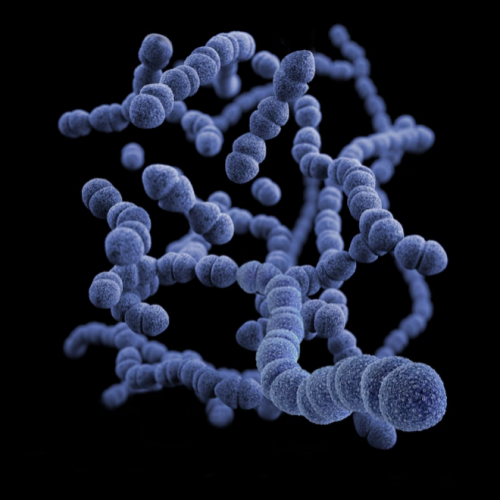
A Deep Look at the Bacteria Living in Patients with HS
February 28, 2022
Paper citation: McCarthy S, Barrett M, Kirthi S, Pellanda P Altered Skin and Gut Microbiome in Hidradenitis Suppurativa. J Invest Dermatol. 2022 Feb;142(2):459-468.e15.
Citation: McCarthy S, Barrett M, Kirthi S, Pellanda P et al. Altered Skin and Gut Microbiome in Hidradenitis Suppurativa. J Invest Dermatol. 2022 Feb;142(2):459-468
Plain Language Summary By: Najiba Afzal and Alexandra Charrow, MD; Brigham and Women’s Hospital Department of Dermatology
Background and Purpose:
Hidradenitis Suppurativa (HS) is a skin condition that causes painful lumps in areas where the skin rubs together, such as the armpits, the groin, and the inner thighs. This condition is more common in women and is linked to smoking. Another factor that may impact HS may come as a surprise: bacteria that live on our bodies and inside us commonly called our “microbiome”. While we often think of bacteria as dangerous, many are beneficial to us. They live on skin and in our gut and help with bodily functions like protecting our skin or digesting our food. Each person’s microbiome is unique to them but many share common features.
How was the project done:
This research study explored the differences in the microbiome between unaffected individuals and those with HS by obtaining bacterial swabs from the skin, inside the nose, and stool from both groups.
Results:
The researchers found that the bacteria found on the skin and in the gut of HS individuals was less diverse than the microbiome of healthy individuals. Additionally, the gut microbiome of patients with HS shared similar bacteria to people with other inflammatory conditions including patients with Crohn’s disease and inflammatory arthritis.
Impact:
This information is important because it suggests that certain bacteria living in the skin and gut can predispose individuals to developing HS and other long-term diseases. The presence of similar bacteria in HS and Crohn’s disease may suggest they share a similar cause. Learning this allows us to explore the causes of these conditions and develop more targeted treatment options
Key Words: Hidradenitis, microbiome, bacteria, skin flora, microbial diversity, Crohn’s disease
Word count: 260
Photo Credit: CDC on Unsplash

